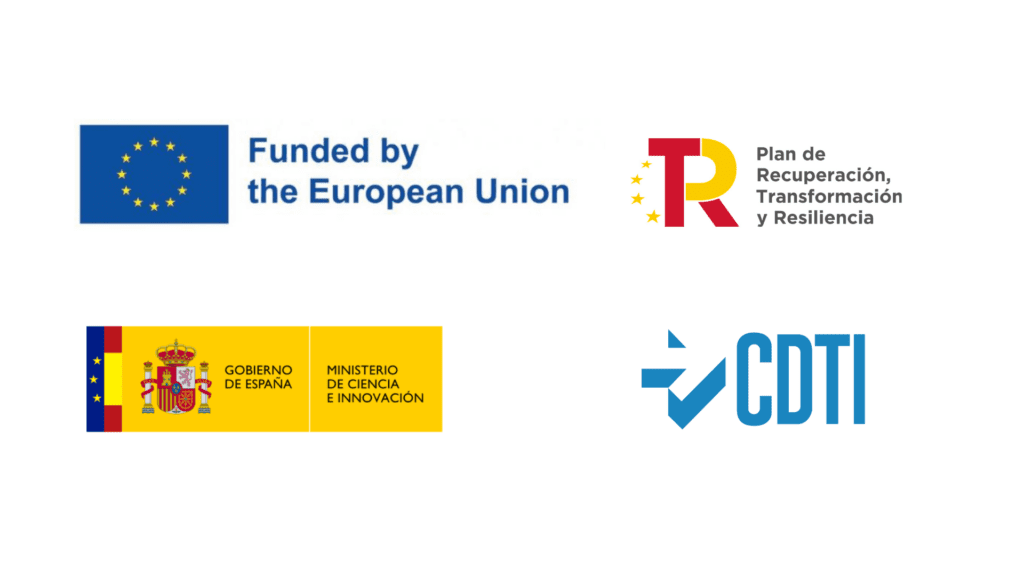

Aging is a complex biological process that affects all living organisms, including humans. As we age, our cells and tissues undergo molecular changes that can influence our health and well-being.
In this context, scientists have developed the transcriptomic clock, an innovative tool that uses gene expression to estimate an individual’s biological age.
Understanding gene expression and its link to aging
Gene expression is the process by which information stored in DNA is transcribed into messenger RNA (mRNA) and subsequently translated into proteins.
This expression varies according to cell type and environmental conditions, giving each cell a unique profile of gene activity. With aging, gene expression can change due to epigenetic, environmental and genetic factors.
The transcriptomic clock explores these changes in gene expression to identify specific patterns that correlate with an individual’s chronological age. These patterns may reflect alterations in cellular function and molecular mechanisms associated with aging.
Transcriptomic clock development and validation
The development of the transcriptomic clock involves a machine learning process that analyzes thousands of gene expression profiles in tissue samples from individuals of different ages. Using complex algorithms, genes and transcriptomic signatures that are most closely linked to chronological age are identified.
To validate the accuracy of the transcriptomic clock, the estimated biological ages are compared with the actual chronological age of a reference group. The correlation between these two measurements allows the ability of the clock to accurately predict biological age to be determined.
Applications of the transcriptomic clock in research and medicine
The transcriptomic clock has several promising applications:
- Aging Research: it enables a deeper understanding of the molecular mechanisms of aging in different tissues and body systems. Thus, researchers can identify potential therapeutic targets for the treatment of age-associated diseases.
- Longevity and Health Studies: Can be applied to investigate factors that influence longevity and health in old age. In addition, it could help evaluate the efficacy of anti-aging interventions and therapies aimed at improving health in old age.
- Health Status Monitoring: In medicine, the transcriptomic clock could be used to assess the aging and health status of an individual’s organs and tissues, enabling more accurate diagnosis and treatment.
Although we are carrying out different research projects in the 3 fields of action, in Beyond You we have created a transcriptomic analysis focused on monitoring the health status of individuals to detect those alterations that are accelerating the aging processes of the different organs of the body.
Research and advances in transcriptomic clocks
One of the pioneering studies in the field of transcriptomic clock was performed by Peters et al. in 2015, who developed a clock based on gene expression of 31 genes to predict biological age. Since then, numerous investigations have provided significant advances in identifying new transcriptomic markers and refining models of aging.
A study by Levine et al. in 2018, for example, developed a transcriptomic clock called the Transcriptomic Aging Clock (TAC) based on gene expression of more than 500 genes, which correlated strongly with biological age in blood samples.
At Beyond You, we are conducting one of the largest longitudinal projects in history by monitoring different expression profiles from ages 10 to 90 years, to see the correlation of gene expression in whole blood and age.
If you want more information, you can contact us at community@beyondyou.life and one of our experts will answer all your questions.
Conclusions
The transcriptomic clock represents a significant advance in monitoring aging and estimating biological age.
By utilizing valuable gene expression information, this approach can provide a deeper and more detailed view of cellular and molecular aging in different tissues.
As research in this field continues to advance, it is hoped that the transcriptomic clock and other similar approaches will help us better understand aging and develop personalized interventions for healthier living and successful aging.
- Peters MJ, Joehanes R, Pilling LC, et al. The transcriptional landscape of age in human peripheral blood. Nat Commun. 2015;6:8570. doi: 10.1038/ncomms9570.
- Levine ME, Lu AT, Quach A, et al. An epigenetic biomarker of aging for lifespan and healthspan. Aging (Albany NY). 2018;10(4):573-591. doi: 10.18632/aging.101414.


